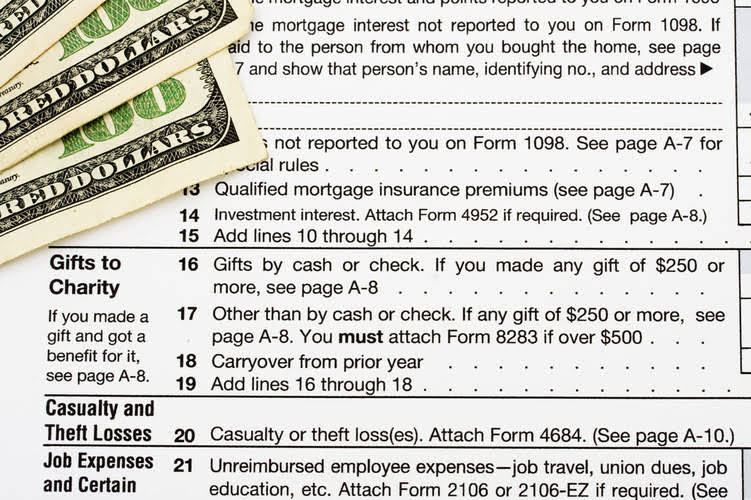
It shows how well sales cover the direct costs related to the production of goods. Business gross income is gross revenue minus the cost of goods sold, or the costs related to producing goods or providing services. This can be calculated for the entire firm or per product and is the starting point for measuring gross profit in a sentence a firm’s profitability. To forecast a company’s gross profit, the most common approach is to assume the company’s gross margin (GM) percentage based on historical data and industry comparables. The most effective way to bolster total sales revenue is to increase sales to your existing customer base.
Use promotions, rewards, and testimonials to promote your products, and survey your customers to find out what products they want. The gross profit formula helps you identify cost-saving opportunities on a per-product basis. A gain on sale of a non-inventory item is posted to the income statement as non-operating income and is not part of the gross profit formula. Total revenue includes total sales and other activities that generate cash flows and profit if there are any. If a manufacturer, for example, sells a piece of equipment for a gain, the transaction generates revenue. The gross margin is the percentage of a company’s revenue remaining after subtracting COGS (e.g. direct materials, direct labor).
Gross Profit vs. Gross Profit Margin
Investors reviewing private companies’ income should familiarize themselves with the cost and expense items on a non-standardized balance sheet that may or may not factor into gross profit calculations. Gross profit is calculated by subtracting the cost of goods sold from net revenue. Net income is then calculated by subtracting the remaining operating expenses of the company.
- The gross margin assumption is then multiplied by the revenue assumptions in the corresponding period.
- Use an accounting software like QuickBooks, that can easily generate your firm’s gross profit and other important metrics.
- Adam received his master’s in economics from The New School for Social Research and his Ph.D. from the University of Wisconsin-Madison in sociology.
- The company posted a full-year profit of $1.6 billion last year, an increase of 4.6 per cent.
- Gross profit is the income after production costs have been subtracted from revenue and helps investors determine how much profit a company earns from the production and sale of its products.
- Learn financial statement modeling, DCF, M&A, LBO, Comps and Excel shortcuts.
Since the gross profit margin only encompasses profit as a percentage of sales revenue, it’s the perfect factor to use as the measurement of comparison. Cost of goods sold, or “cost of sales,” is an expense incurred directly by creating a product. However, in a merchandising business, cost incurred is usually the actual amount of the finished product (plus shipping cost, if any) purchased by a merchandiser from a manufacturer or supplier. In any event, cost of sales is properly determined through an inventory account or a list of raw materials or goods purchased. Consider the following quarterly income statement where a company has $100,000 in revenues and $75,000 in cost of goods sold.
Kristin’s disability feels like ‘swimming laps in an Olympic pool full of mud’ every day
Calculating gross profit is as simple as finding your total sales and the cost of goods sold. As of the first quarter of business operation for the current year, a bicycle manufacturing company has sold 200 units, for a total of $60,000 in sales revenue. However, it has incurred $25,000 in expenses, for spare parts and materials, along with direct labor costs. As a result, the gross profit declared in the financial statement for Q1 is $34,000 ($60,000 – $1,000 – $25,000). Gross profit appears on a company’s income statement and is calculated by subtracting the cost of goods sold (COGS) from revenue or sales. Operating profit is calculated by subtracting operating expenses from gross profit.